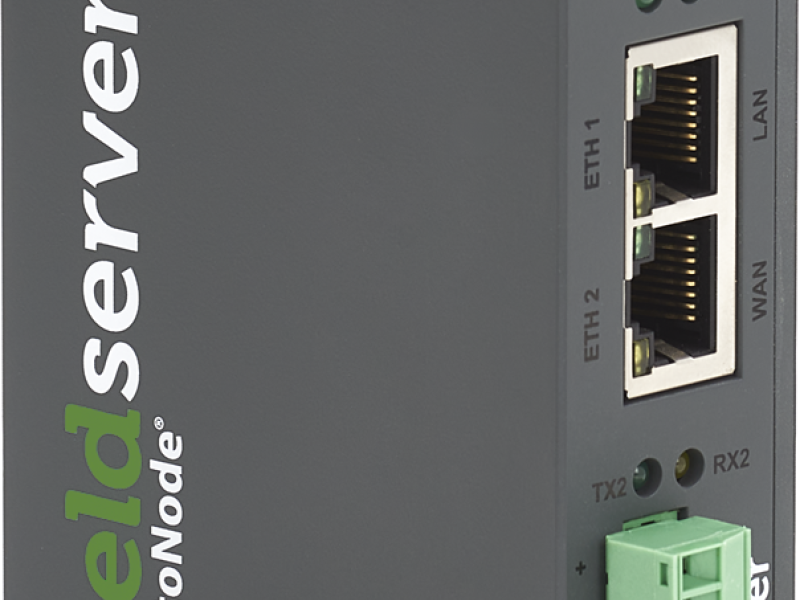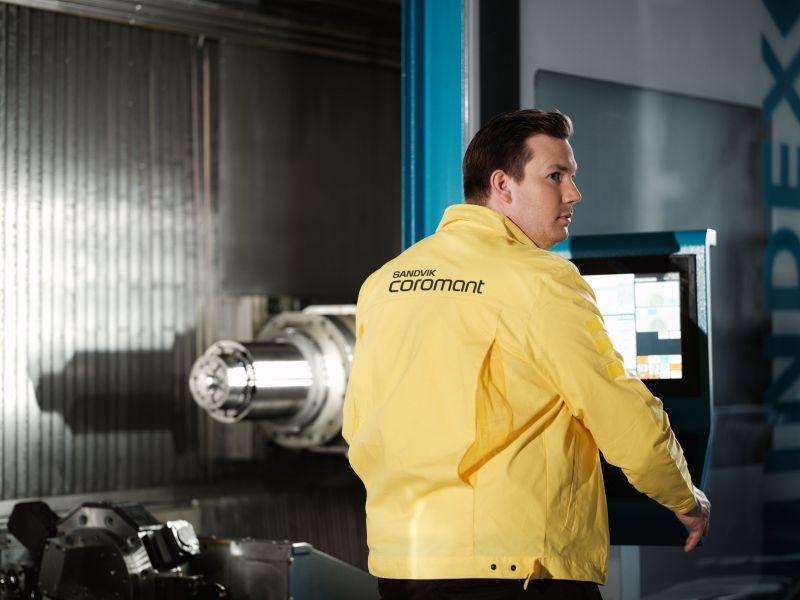Machine Vision (MV) uses technology that enables industrial machines to “see” and analyse tasks and make rapid decisions based on what the system sees. MV is fast becoming one of the most central technologies in automation. Given that now this technology is merging with Machine Learning (ML) to lead the transition to Industry 4.0, the possibilities are enormous, especially at the edge. According to global technology intelligence firm ABI Research, forecasts that by 2027, total shipments of camera systems will reach 197 million, with revenue of US$35 billion.
“The shift from machines that can automate simple tasks to autonomous machines that can “see” to optimize elements for extended periods will drive new levels of industrial innovation. This is the innovation that ML offers to MV (also often known as computer vision). ML can augment classic machine vision algorithms by employing the range and reach of neural network models, thus expanding machine vision far beyond visual inspection and quality control, the locus classicus of good, old-fashioned computer vision,” explains David Lobina, Artificial Intelligence and Machine Learning Analyst at ABI Research.
Of all the trends in the ML market, at the edge of computing has the most exciting applications and benefits – namely, in those devices that are part of embedded systems and the Internet of Things. Smart manufacturing is perhaps the most straightforward case, where smart cameras, embedded sensors, and powerful computers can bring ML analyses to every process step. Smart machine vision is on the job in factories, warehouses, and shipping centers, aiding and assisting human workers by handling the more mundane tasks, freeing workers to use their expertise to focus on the essential parts. The market is also ripe for development in smart cities, smart healthcare, and smart transportation, with ATOS (in cities), Arcturus (in healthcare), and Netradyne (in transportation) as some of the key vendors in these sectors.
As in other cases of edge ML applications, the best way for the technology to advance is through a combination of hardware and software solutions and employing information-rich data. It is through a holistic approach of how all these factors can merge and combine that will achieve fruitful results. Vendors are aware that they need to provide a competitive product. In cases involving sensitive or private data, such as healthcare, a whole package should provide hardware (cameras, chips, etc.), software, and an excellent way to analyze the data. The “whole package” approach is perhaps not the most common example in the market. Still, vendors must be increasingly aware of how their offerings can mesh with other solutions, often requiring hardware-agnostic software and software-agnostic data analysis. “This is a crucial point in the case of smart cities, healthcare, and transportation, especially regarding what machine vision can achieve in all these settings. For edge MV, software and hardware vendors, as well as service providers, will start taking an expansive view of the sector,” Lobina concludes.
These findings are from ABI Research’s Edge ML-Based Machine Vision Software and Services application analysis report. This report is part of the company’s Artificial Intelligence and Machine Learning research service, which includes research, data, and ABI Insights. Based on extensive primary interviews, Application Analysis reports present an in-depth analysis of key market trends and factors for a specific technology.






